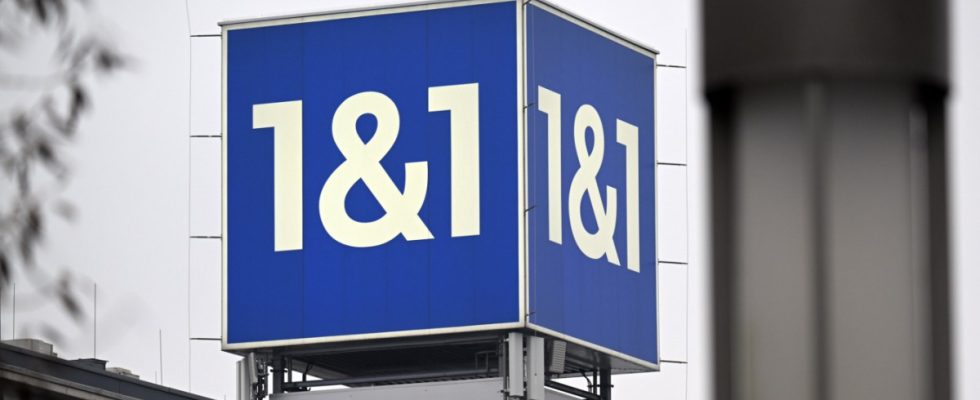On October 1, 1998, Viag Interkom’s mobile network was launched in Germany. Then there was a break of a good 25 years – until this Friday when the telecommunications provider 1&1 put its new cell phone network into operation for the first time.
Viag Interkom now operates under the name Telefónica and is best known for its O2 brand. Now, with 1&1, there are four mobile networks on the market again – but what does that mean for customers?
Experts like Felix Flosbach from the North Rhine-Westphalia Consumer Center expect that the new player could give fresh impetus to competition – and thus ultimately lead to “better networks and cheaper prices”.
However, 1&1 is not a real newcomer. The company has been offering mobile communications services for a long time – albeit via the network of its competitor Telefónica. It will stay that way until summer next year. Where there is no 1&1 network of its own, customers are automatically connected to Telefónica’s, even with the new 5G standard. This is called roaming.
By summer, however, 1&1 will by no means offer its own network, which has so far been very sparsely developed, across the board. 1&1 then simply changes partners, the customers then use the Vodafone network, including 5G here too.
Telefónica also started out that way. Because the top dogs Vodafone and Telekom initially did not want to sign a roaming contract, the newcomer even had to use tricks and instead concluded a contract with the Swiss company Swisscom, which in turn had roaming contracts with the German providers. Telekom later let the competitor into its network until it had set up its own.
Initially, little will change for users
What will change for users with the new provider? For everyone who is already a 1&1 customer, everything remains as usual. Only new customers’ cell phones transmit via 1&1’s own locations. However, there will only be around 200 of them by the end of the year. For comparison: Telefónica has more than 28,000 in Germany. The new customers also mostly end up on the Telefónica network; it is only switched to Vodafone’s in the summer.
1&1 with boss Ralph Dommermuth now has a big task ahead of it, because the company has to reach 25 percent of customers in Germany by the end of 2025 and at least 50 percent by the end of 2030. Without additional frequencies, this will be difficult for 1&1, which is why the company would like to acquire additional frequencies. But it is currently unlikely that there will be an auction. The Federal Network Agency responsible for this does not provide for this.
Technically speaking, the fourth network operator is ahead. Unlike its competitors, it does not rely on proprietary technology from providers such as Huawei, but rather builds the network using ordinary server computers that have standardized interfaces. In addition, 1&1 says it is building mini data centers at the antenna locations. The proximity to the antennas is intended to shorten the response times in the network, known in technical language as latency. This is important for applications that require fast response time.

